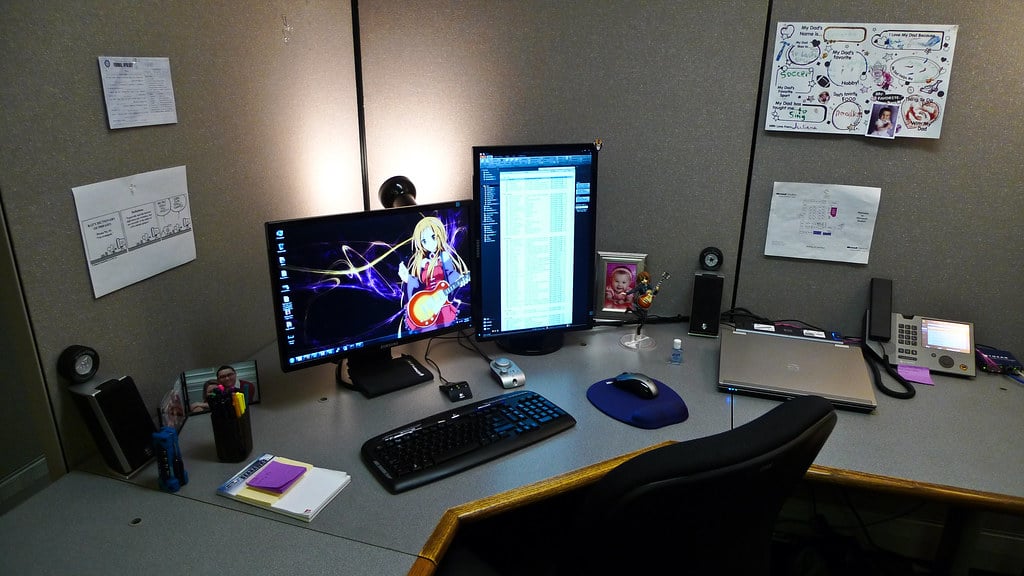Screens are principally utilized in showing writings and pictures that a PC creates. They regularly have carbon or plastic casings, and survey screens made of glass. Ready to show pictures in various configurations, goal goes from 1024 x 768 pixels for SVGA standard to 1600 x 1200 for better quality models.
CRT vertical screen: CRT or Cathode Ray Tube screens give you fresh and lively pictures best for office and home use. A few models even accompany specific screens that help in taking out screen glare.
Level screen vertical screen: Flat-screen screens have enormous screens for review with goals higher than CRT screens. They give keener, more splendid pictures with high difference proportions and are visible from both vertical and level points.

Vertical screen: vertical screens utilize electronic fluid gems in appointing splendor and shading to each pixel in a picture. With at any rate a 450:1 difference proportion, they give you a more extensive scope of shadings with high-contrast shows.
TFT vertical screen: Thin Film Transistor or TFT screens are like vertical screens yet are fit for producing pixels at a quicker rate. They have a 500:1 differentiation proportion in any event with a reaction season of around 8ms.
When purchasing PC screens, there are various things you need to consider. Pick a screen with goals that fit the applications you utilize regularly. For ease in review, pick 17-inch screens for office or home use. The 19-inch to 20-inch screens is best for mixed media use for better picture and photograph seeing. For at-home use, screens with 4:3 angle proportions would get the job done. For office use in any case, perspective proportions of 15:9 or even 16:10 is best for Bestverticalmonitor introductions. Driven Vs vertical Monitor: Power Usage TN boards are modest to make, yet colors twist when the surface is seen from a point This weakness is frequently combined with backdrop illumination seeping at the edges, which turns out to be more extreme with greater boards.